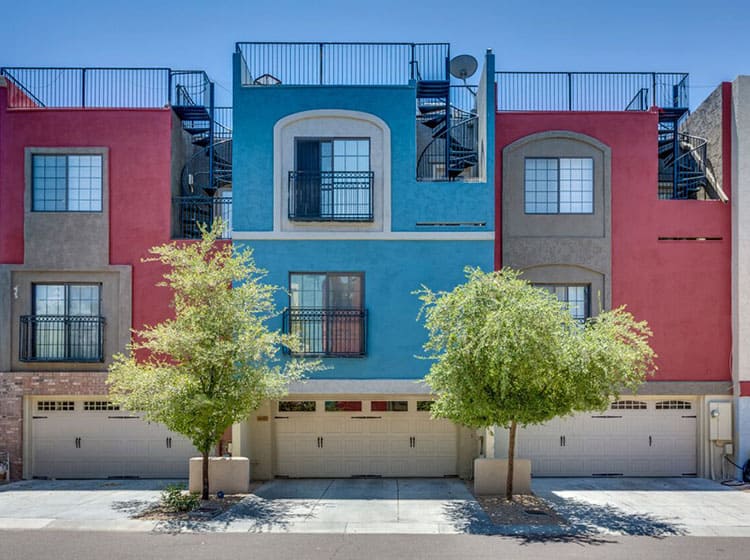Understand Exactly How Seasonal Problems Influence The Success Of Industrial Exterior Painting And Find Out The Ideal Durations To Ensure Long-Lasting End Results For Your Task
Understand Exactly How Seasonal Problems Influence The Success Of Industrial Exterior Painting And Find Out The Ideal Durations To Ensure Long-Lasting End Results For Your Task
Blog Article
Short Article Created By-Regan Rodriquez
When you're intending a commercial external paint job, seasonal aspects can make or break your results. You'll intend to consider how temperature level and humidity effect paint application and drying out times. Picking the ideal period can guarantee your paint sticks appropriately and lasts much longer. But which seasons are really the best for this kind of job? Let's discover the crucial elements that can impact your project's success.
The Effect of Temperature Level on Paint Application
When you're intending a business outside painting task, the temperature level can substantially impact how well the paint adheres and dries.
Ideally, you want to repaint when temperatures range in between 50 ° F and 85 ° F. If it's as well chilly, the paint may not treat correctly, bring about problems like peeling off or splitting.
On the other hand, if it's also warm, the paint can dry as well quickly, avoiding proper bond and causing an unequal coating.
You must likewise take into consideration the moment of day; morning or late afternoon provides cooler temperature levels, which can be much more positive.
Constantly examine the manufacturer's referrals for the details paint you're utilizing, as they often supply support on the optimal temperature array for optimal results.
Humidity and Its Effect on Drying Times
Temperature isn't the only ecological factor that affects your business exterior painting job; moisture plays a significant function also. High moisture degrees can slow down drying times substantially, influencing the overall top quality of your paint work.
When the air is filled with moisture, the paint takes longer to cure, which can cause issues like bad adhesion and a greater danger of mold development. If you're painting on a particularly moist day, be planned for extended delay times between coats.
It's critical to check regional climate condition and strategy appropriately. Ideally, aim for moisture degrees in between 40% and 70% for optimal drying out.
Keeping these consider mind guarantees your task remains on track and supplies a long-term surface.
Best Seasons for Commercial Exterior Paint Projects
What's the very best season for your commercial exterior painting projects?
Spring and very early fall are typically your best choices. Throughout mouse click the next document , temperatures are light, and moisture levels are often reduced, creating ideal conditions for paint application and drying.
Prevent summer's intense heat, which can trigger paint to completely dry as well promptly, causing poor bond and coating. Likewise, winter months's cool temperatures can impede appropriate drying and healing, risking the longevity of your paint task.
Go for visit this web-site with temperature levels between 50 ° F and 85 ° F for optimal outcomes. Keep in mind to examine the neighborhood weather forecast for rain, as wet conditions can wreck your job.
Planning around these elements ensures your paint task runs efficiently and lasts much longer.
Verdict
Finally, preparing your industrial external paint projects around seasonal considerations can make a considerable difference in the result. By scheduling job during the excellent temperature levels and moisture degrees, you'll guarantee better attachment and drying times. Remember to keep an eye on local weather report and choose the right time of year-- spring and early loss are your best choices. Taking these actions will assist you accomplish a durable and expert surface that lasts.
